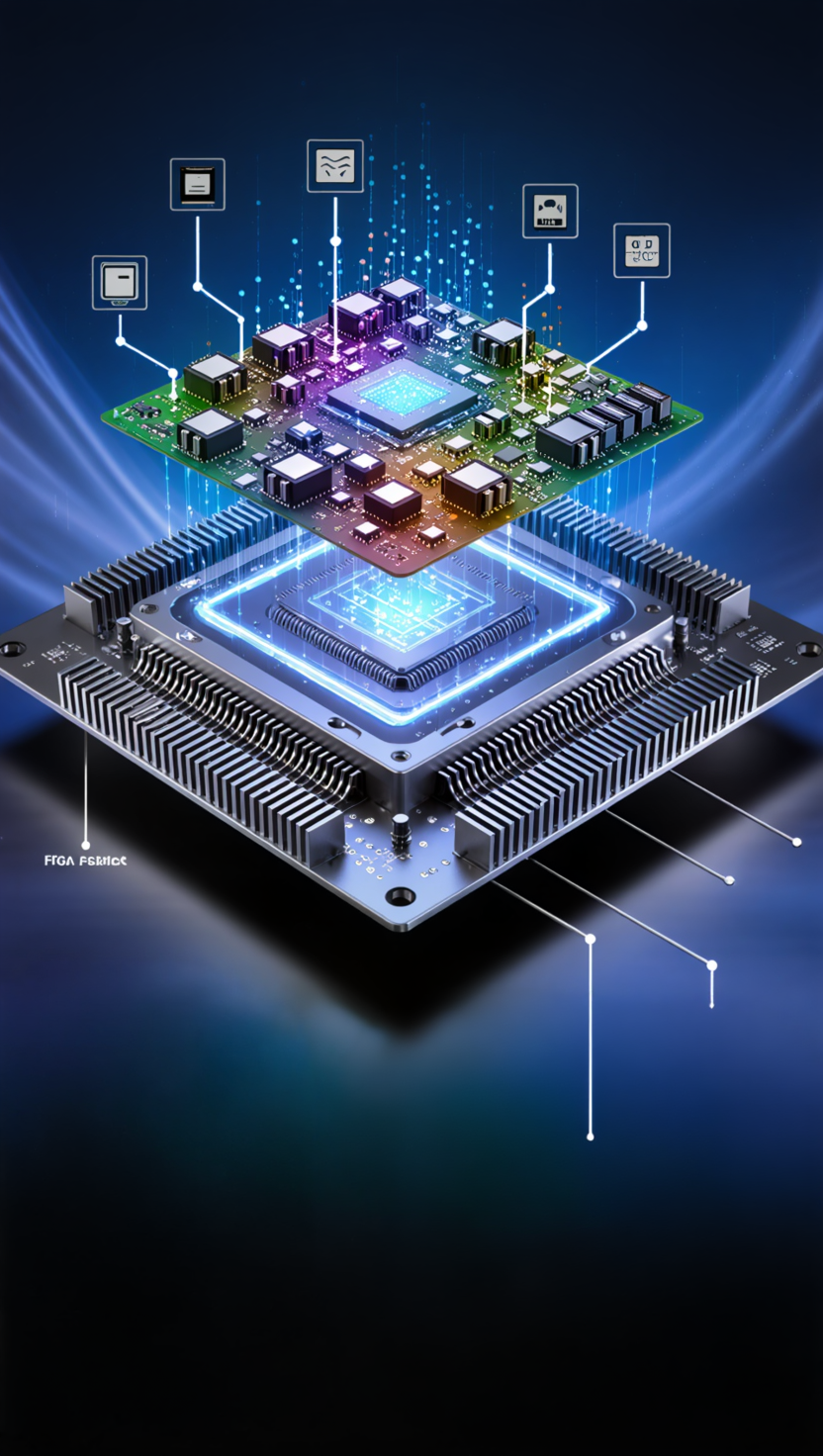Series: How to Choose an FPGA Chip - Part 2.5: Defense and Aerospace — FPGAs in Mission-Critical Applications
2025-09-28 11:10:20 1255
Part 2.5: Defense and Aerospace — FPGAs in Mission-Critical Applications
Defense and aerospace applications place the highest demands on reliability, security, and longevity. FPGAs are widely adopted in these markets due to their reconfigurability, deterministic performance, and ability to meet extreme environmental and security requirements. For engineers, the focus is on radiation tolerance, anti-tamper features, and secure communications. For managers, cost, export control, and lifecycle support become strategic considerations.
1. Radiation-Resistant FPGAs
- Engineer’s View: Space-grade FPGAs must operate reliably under radiation exposure. Radiation-tolerant or radiation-hardened devices (rad-tolerant flip-flops, TMR logic) are used in satellites and spacecraft. Examples include Microchip RT PolarFire and Xilinx Virtex-5QV.
• Manager’s View: These devices are niche, with ASPs ranging from $5000–$20,000. Supply is highly restricted, often tied to government-approved programs and export controls.
2. Security Hardening and Encryption
- Engineer’s View: Defense applications require advanced security features, including bitstream encryption, anti-tamper, and secure boot. FPGAs with on-chip security hardening protect sensitive algorithms.
• Manager’s View: Security-certified devices involve additional licensing and compliance costs. Procurement may require government or defense-specific approvals.
• Examples: Xilinx Virtex UltraScale+ Defense-Grade, Intel Stratix 10 DX with encryption support.
Comparative Table: FPGAs in Defense and Aerospace
|
Application |
FPGA Requirements |
Example Families |
Engineer’s Priority |
Manager’s Concern |
|
Satellites / Space Systems |
Radiation tolerance, long lifecycle |
Microchip RT PolarFire, Xilinx Virtex-5QV |
Reliable space operation |
ASP $5000+, export controls |
|
Secure Communications |
Encryption, anti-tamper, secure boot |
Xilinx Virtex UltraScale+ Defense-Grade |
Data protection, low latency |
Licensing, compliance cost |
|
Avionics / Defense Systems |
Wide-temp operation, deterministic latency |
Intel Stratix 10 DX, Microchip RTG4 |
Safety-critical real-time logic |
Cost premium, supply restrictions |
Case Studies
Case Study 1: Satellite Onboard Processing
Challenge: A satellite integrator needed onboard signal processing resilient to radiation exposure.
Solution: Microchip RT PolarFire FPGA with radiation-tolerant design.
Result: Achieved reliable signal processing in low-Earth orbit.
Manager’s Perspective: ASP ~$10,000 per device, with restricted supply managed through defense channels.
Case Study 2: Military Secure Radio
Challenge: A defense contractor required secure communications with anti-tamper features.
Solution: Xilinx Virtex UltraScale+ Defense-Grade FPGA with on-chip encryption.
Result: Delivered low-latency, secure transmission.
Manager’s Perspective: ASP ~$5000, required government approval for procurement.
Case Study 3: Avionics Flight Control
Challenge: An aerospace OEM needed deterministic flight control under harsh thermal conditions.
Solution: Intel Stratix 10 DX FPGA with secure boot and hardened DSP.
Result: Ensured real-time control for avionics systems.
Manager’s Perspective: ASP ~$7000, lifecycle >20 years, supply limited to certified defense vendors.
Conclusion
Defense and aerospace applications push FPGAs to their limits, requiring radiation tolerance, security hardening, and extreme lifecycle commitments. Engineers value the deterministic performance and reconfigurability, while managers face high ASPs, export restrictions, and complex procurement processes. Despite these challenges, FPGAs remain indispensable in mission-critical systems where failure is not an option.






